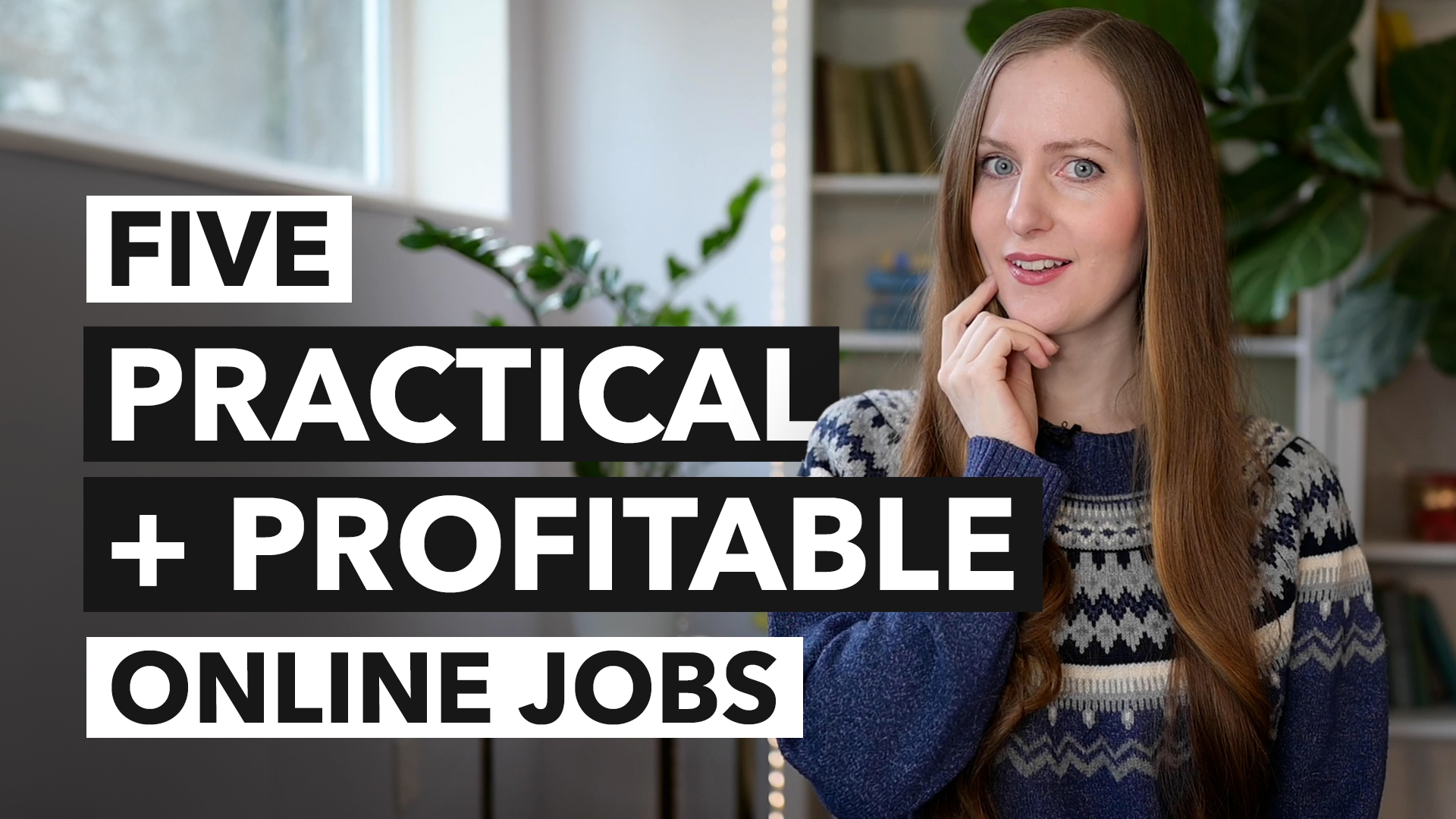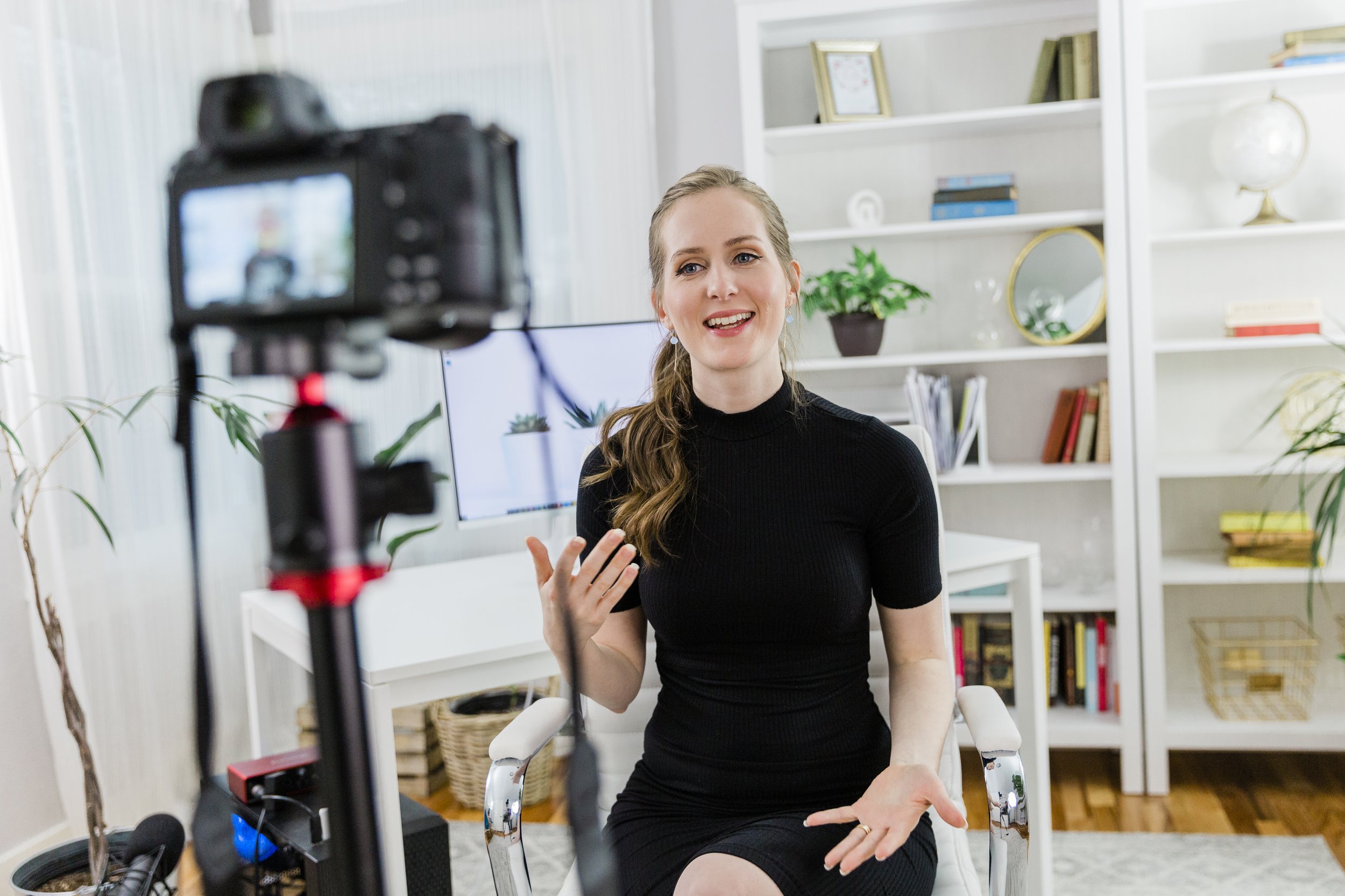How to Cut Your Work Time In Half
The Need for Speed
As a mom and business owner myself, I feel this pressure daily. Every day there is more that needs to get done than I can possibly imagine having time to do. Obviously, we are all stuck the same twenty-four hours each day. The trick to having some time left over to relax, play with your kids, and slow down to enjoy life is to get your work done more efficiently so that you get through it much faster.
That sounds nice, right? More work in less time — but is it possible? The short answer is: Yes! It is very possible. Each day, as you try to work, even if you are trying “really hard” you are still wasting enormous amounts of time that you don't even realize. And I'm not just talking about big chunks of time (that you do notice), like time wasted watching TV. I'm talking about tiny little bits of time your constantly wasting every single time you try to work. All those tiny little bits really add up! How can you reclaim that time as your own? Keep reading to find out!
Simplify Your Process
My first book, Sorted, is all about how to simplify your schedule and home so that your life runs more smoothly. These techniques can be applied to your work routine as well! The simpler your routine is, the more efficient you'll be. Including unnecessary steps distracts you from the task you are trying to focus on. How do you do this? Don't try to multi-task. As much as possible, focus in on the one specific thing you are trying to accomplish. My mantra this year has been, “Focus on one thing at a time.”
I know you have a lot to do today! I'm not saying you should just focus on getting one thing done today. I'm just saying that whatever you're trying to get done in this moment, focus on just that. You need to declutter your time so that you are able to truly focus on the task at hand without distraction.
Create Routines to Increase Your Efficiency
I've been teaching piano lessons for the past nine years. Time after time I've listened to children (and adults!) slowly struggle through the same, simple songs. This is to be expected the first time they play the song, of course. But if they've been practicing it for a week and it still sounds very slow and awkward, I can always tell that there's an underlying issue we need to work on.
I almost always give the same advice in this situation: You need to play the notes with the same fingers every time you play the song. Often, the student will read the notes on the sheet music and play them with whichever finger happens to seem convenient at the moment. The problem with this is that, not only are they often not using the most efficient fingering pattern, but also, by using a different pattern each time, they are effectively having to relearn the song from scratch each time. They might know how the song is supposed to sound, but their fingers are having to relearn how to play it.
The same happens with you and your work. You probably have a great grasp on what you are trying to get done. You think that you know what you task is, and you also surely know how to do it. However, if you do it differently each and every time, then your brain is having to figure out so much as you go along. Learning something new takes a lot more time and effort then doing something that you already know how to do well. By creating routines, you can become much more efficient in your work! For best results, you should complete your work tasks in the same order each day, and do the steps for each task in the same order each time you do the task. For example, I always do my creative work (writing articles, creating guides, etc), first thing in the morning from 6 a.m. to 8 a.m., before my son wakes up, because I know that's when I'll be the most efficient at it. And, whenever I'm doing my creative work, I always first write a rough outline of what I'm creating, then I research, then I refine my outline, then I write in intervals (discussed below). This is just one example of a routine I've created in my life to help me complete my work more efficiently.
What Is Parkinson's Law?
Parkinson's Law is simply the observation that any task expands to fill the time available. That means that if you give yourself all day to clean the house, then it will take all day. If you give yourself two hours, it will get done in two hours. And, if you have company coming in 20 minutes, then you better believe your house will get clean in 20 minutes! (Talk about some seriously efficient work!)
Parkinson's law goes hand in hand with deadlines. We all know that work that has no deadline takes much longer than it needs to, and maybe never gets done at all. However, deadlines make us much more efficient and diligent with out work. Use this to your advantage, and decide exactly when you want to be done with your task. If this is difficult or new to you, start with relatively easy deadlines that you can complete, so that you can get in the habit of finishing things in a timely manner. Once you get better at that, then you can start tightening up your deadlines and not giving yourself so much wiggle room. It's amazing how much you can increase your efficiency simply by determining a deadline.
Why do deadlines work? Because they help you to focus. As discussed above, distractions really slow you down! If your attention is wandering all over the place then you will work very slowly. When you introduce a deadline, then your brain knows that it needs to focus on that one task so that it can meet the deadline.
What Is the Pomodoro Technique?
The pomodoro technique is named after the Italian word for “tomato.” Apparently, in and around Italy it is very common for kitchen timers to be shaped like tomatoes. In the 1980's a man names Francesco Cirillo invented a time management technique utilizing these cute little kitchen timers. The idea is simple: set the timer for 25 minutes, focus on your work until the timer goes off, take a short break, then repeat.
Parkinson's Law and Poms Work Together
Deadlines make you more efficient, but they also can be stressful. Telling yourself, “I have to finish all these reports by lunch time today” can make you hate the task and even resist doing it. Using the Pomodoro technique can be a great way out of this conflict! When you use Poms, you are setting small, achievable deadlines. You don't have the weight of “I have to get this all done!” but you do have the benefits of focus.
Each Pom (25 minute interval) acts as a mini deadline: and the only thing you have to accomplish in that amount of time is focused work. You're just committing to “Focus on one thing at a time” for 25 minutes. You can do this! After your 25 minutes are up, if you really need to go do something else, then you can. Or, you can take a short break and then settle in for another, equally efficient Pom.
Simple Steps for Maximum Productivity
Okay, so enough with the theories and techniques! What does this look like in real life? Here's some simple steps to implement into your daily routine for maximum productivity.
Each evening, write yourself a to-do list for the following day. Limit it to the truly important tasks that will really “move the needle” in your life and business. Sort the tasks in order of importance. Commit to doing them in that order.
The next morning, when you are ready to work, situate yourself in the place that you can be the most focused. Maybe that's your kitchen table or your office. Whatever is the most comfortable and least distracting area to work.
Set your timer for 25 minutes. Work on your most important task with focus. If you think of something else you need to do, write it down. You can do it as soon as your timer goes off if you need to, but for now, just focus on the task at hand.
When the timer goes off, take a five minute break. If there are other things you remembered that you really need to do, do them now. Otherwise, when your break is complete, set your timer for another 25 minutes and put in another Pom of work.
Keep working in Poms until your task is complete or you at least reach your milestone for that day. It is recommended that after every four Poms (two hours) you take a longer break of 15 – 30 minutes.
Give this strategy a try! And I don't mean for just one day — the first day you'll be learning something new. It will be awkward, not terribly efficient, and maybe even uncomfortable! But keep trying. Work this way every day so that you can develop strong routines and double your efficiency. After about a week, you'll notice that you're able to complete your work in just six hours, instead of eight. And, by the end of a month of using these techniques, you'll have it down to just four hours, or at least pretty close.
I use these techniques on a regular basis, and they are a large part of what has allowed me to get to where I am with my business, maintain my sanity, and enjoy time with my family along the way. You've probably heard the saying,
“You have just as much time in your day as Oprah (or Obama, or Rihanna, etc).”
It really is true! The difference between their results and yours is simply how they use their time. I encourage you start using your time more effectively and reap all the benefits that go along with it! It's not just about getting more done — it's also about having more time to relax, go to the park with your kids, and enjoy the moment.
Practical Advice For Running A Flexible, Fulfilling, and Profitable Business In Less Time
Design a business that’s not only flexible and fulfilling but highly profitable.






